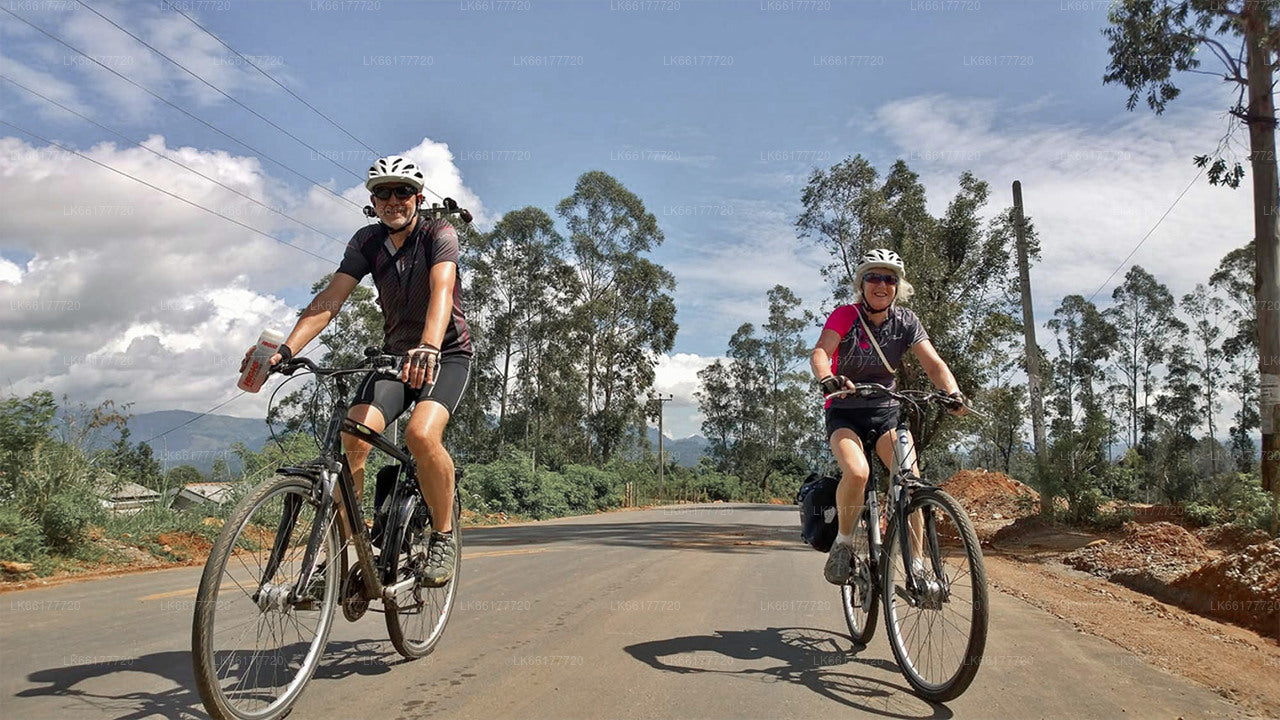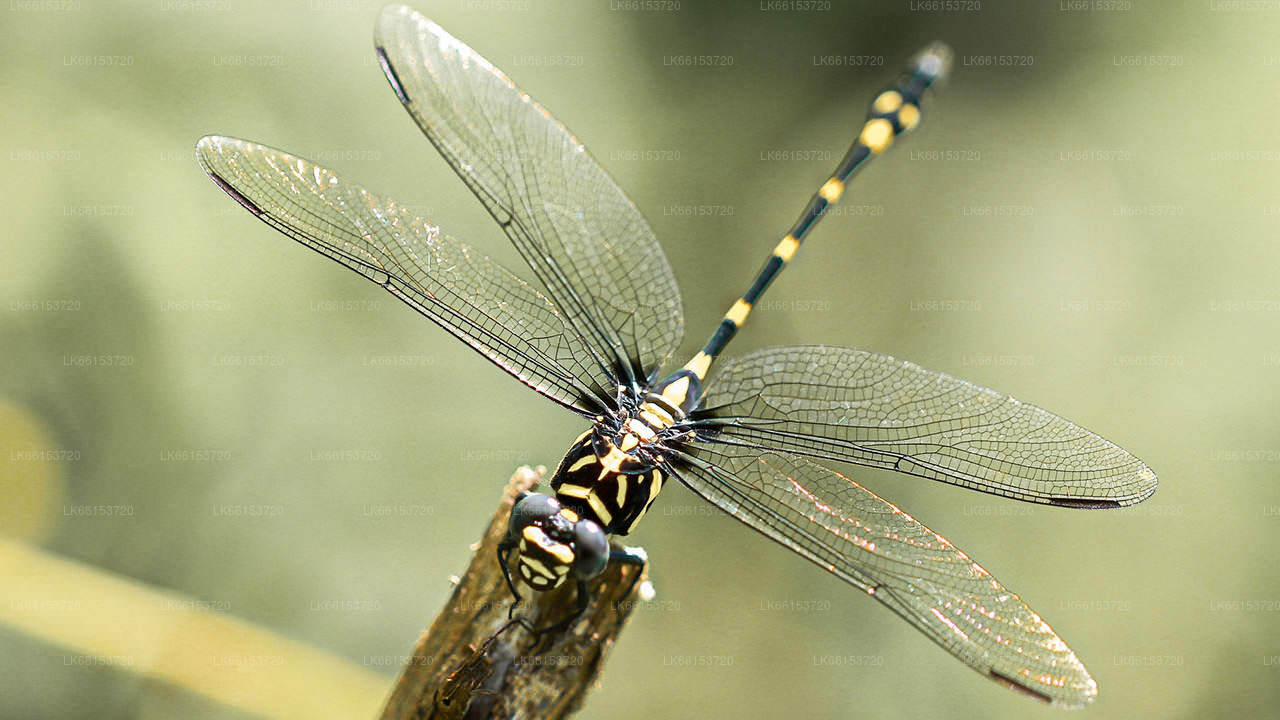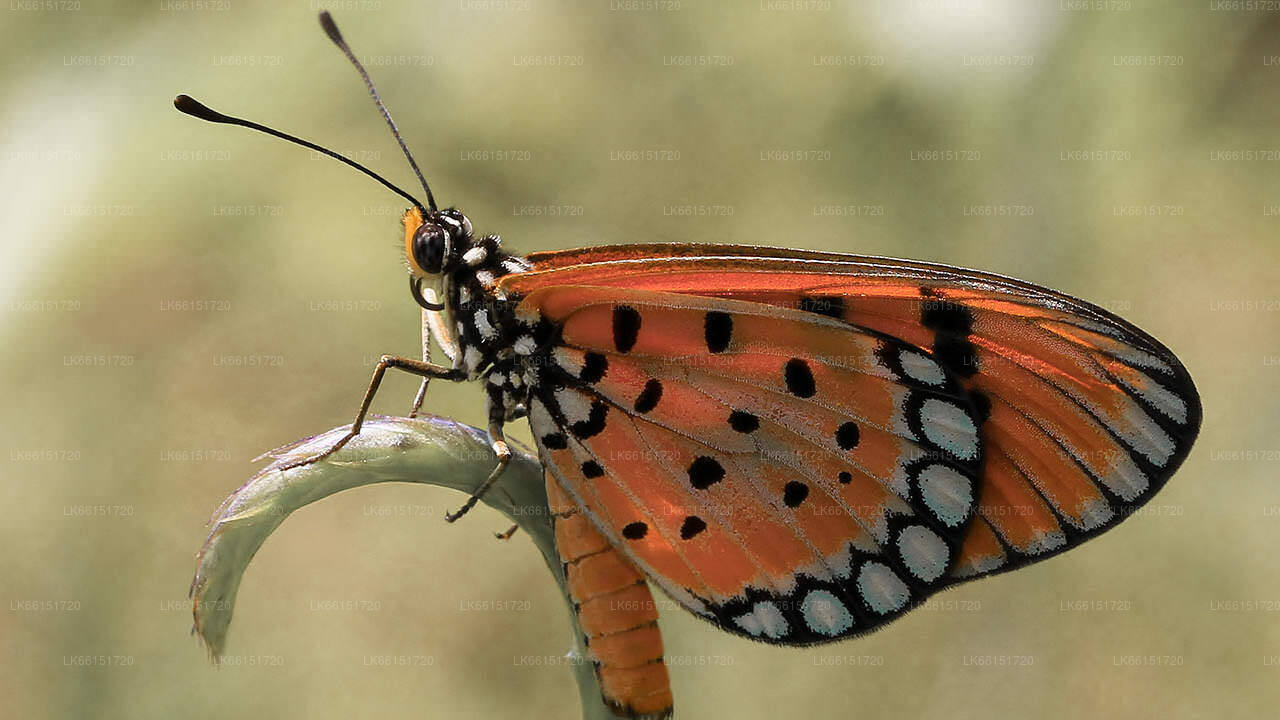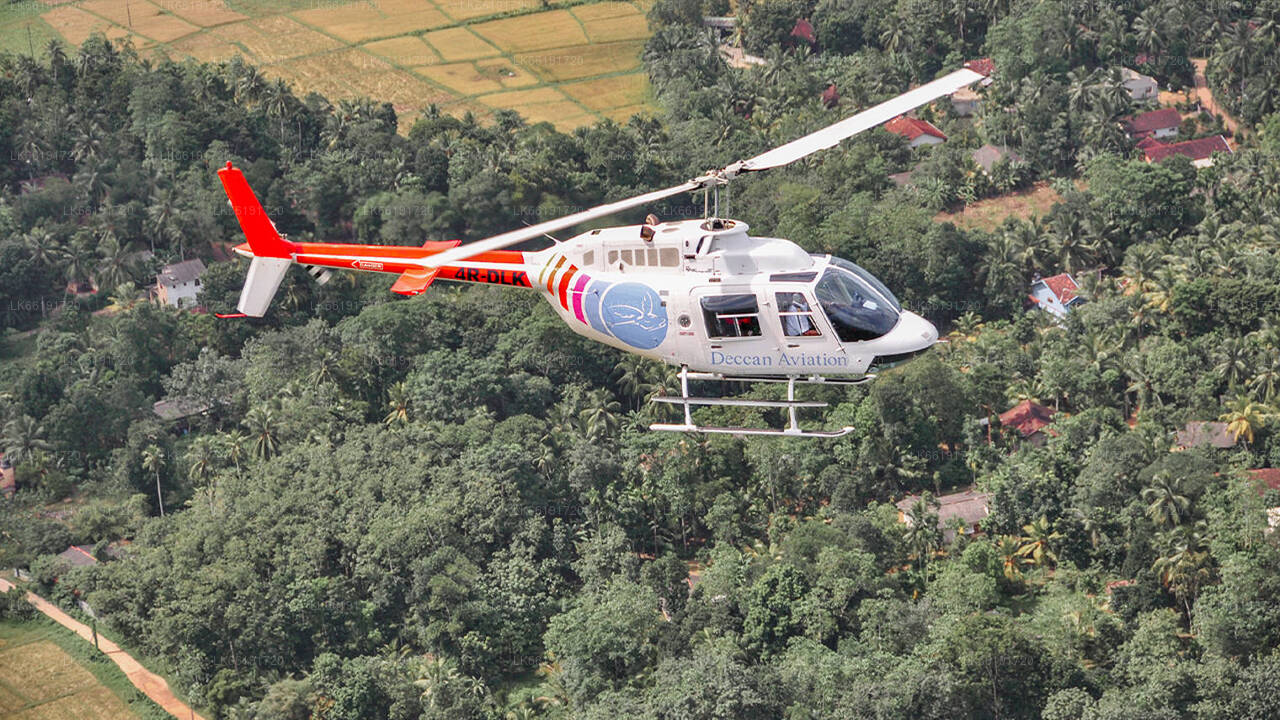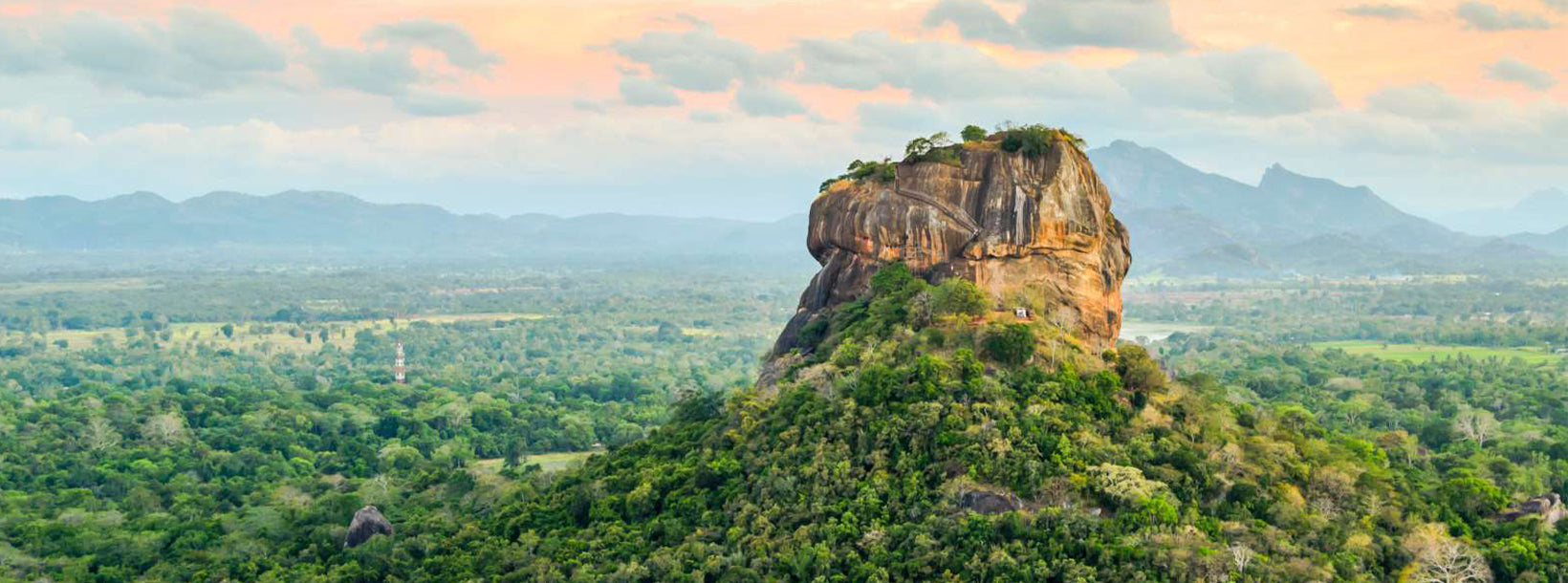
Sigiriya-stad
Sigiriya, een UNESCO-werelderfgoedlocatie in Sri Lanka, is een eeuwenoud rotsfort en paleis met prachtige fresco's en uitgestrekte tuinen. De indrukwekkende rotsformatie rijst op uit de vlakte en getuigt van de rijke geschiedenis en architectonische vindingrijkheid van het eiland. Ontdek de betoverende schoonheid en culturele betekenis van Sigiriya.
Sigiriya Frescoes
The Sigiriya Frescoes were painted on the western surface of Sigiriya Rock, located in central Sri Lanka. Painted thirteen hundred years ago, they were the highlight of a massive palace complex built in 480AD by King Kasyapa. Today only a few paintings survive, in a small pocket half-way up the rock, about 100 meters above ground.
Protected in this small, sheltered depression a hundred meters above ground, they float effortlessly among the clouds. Some say they are celestial nymphs carrying flowers to shower upon kings and mortals below. Others suggest that they are queens and concubines of Kasyapa’s harem.
The ladies of the frescoes have been the subject of speculation for nearly one thousand six hundred years. They, in turn, have remained silent, smiling enigmatically, their secret intact for over 1,600 years. The names of the ladies and the artists who painted them are lost to history. Their legacy has survived for over half a million days, a testament to the genius of their creators and the king who commissioned them.
Who are the women in the Sigiriya Frescoes?
The rich adornments, sophisticated clothing, lifelike appearance, vibrant use of color, and the true rendition of facial and anatomical characteristics support the view that the artist drew his inspiration from the ladies of King Kasyapa’s court — his harem. The most telling validation of this view is that they all wear a delicate three-circled tattoo around their necks
The prominent but unobtrusive display of this tattoo, worn with pride, was meant to clearly identify these ladies as belonging to the king. They were ladies of the king’s harem, dressed in their finest. They were to be admired but not touched. For this reason, they were depicted in true form, voluptuous and desirable, but shorn of any earthly sexuality. They were not intended to be titillating. Depicted as supernatural beings they are portrayed with flowers to shower upon humans below. They were intended to evoke a sense of wonderment and to project the opulence and grandeur of Kasyapa the all-powerful god-king.
Over de Centrale Provincie
De Centrale Provincie van Sri Lanka bestaat voornamelijk uit bergachtig gebied. De provincie heeft een oppervlakte van 5.674 km² en telt 2.421.148 inwoners. Enkele belangrijke steden zijn Kandy, Gampola (24.730 inwoners), Nuwara Eliya en Bandarawela. De bevolking bestaat uit een mix van Singalezen, Tamils en Moren.
Zowel de heuvelhoofdstad Kandy als de stad Nuwara Eliya liggen in de Centrale Provincie, net als Sri Pada. De provincie produceert een groot deel van de beroemde Ceylonthee, die in de jaren 1860 door de Britten werd geplant nadat een verwoestende ziekte alle koffieplantages in de provincie had verwoest. De Centrale Provincie trekt veel toeristen, met heuvelstadjes zoals Kandy, Gampola, Hatton en Nuwara Eliya. De Tempeltand, of Dalada Maligawa, is de belangrijkste heilige plaats in de provincie Centrel.
Het klimaat is koel en veel gebieden boven de 1500 meter hebben vaak koude nachten. De feitelijke hellingen zijn erg nat, op sommige plaatsen valt bijna 7000 mm regen per jaar. De mogelijke hellingen maken deel uit van de middeldroge zone, omdat deze alleen regen ontvangt van de noordoostelijke moesson. De temperaturen bestaan van 24 °C in Kandy tot slechts 16 °C in Nuwara Eliya, dat 1889 m boven zeeniveau ligt. De hoogste bergen van Sri Lanka liggen in de Centrale Provincie. Het terrein is overwegend bergachtig, met diepe valleien die het doorsnijden. De twee belangrijkste berggebieden zijn het Centraal Massief en het Knuckles-gebergte ten oosten van Kandy.










